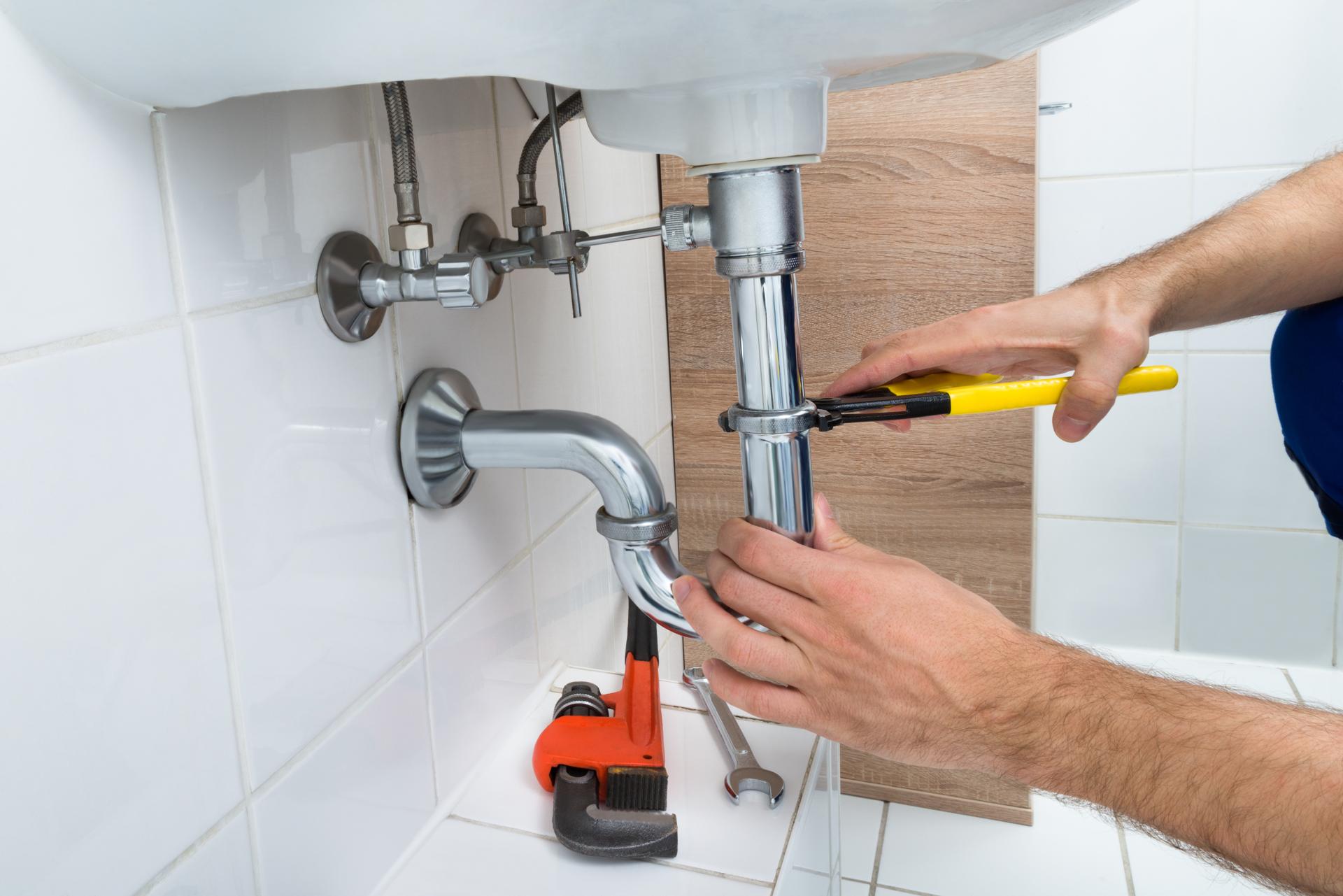A Comprehensive Guide to Knowing When and How to Replace Your Plumbing and What You Need to Know

Plumbing is an integral part of every home and provides us with safe water to drink, cook, and cleaning, as for the disposal of waste. Like any other system in your home, plumbing will eventually get old and need to be replaced.
Knowing when it’s time to replace your plumbing is essential to prevent costly repairs and avoid potential health risks. We’ll discuss the indicators that show your plumbing needs to be replaced, factors to consider prior to replacing your plumbing, the procedure for replacing your plumbing as well as the benefits of replacing your plumbing, and a section on FAQs to address any concerns you may have.
Signs that it’s Time to Replace Your Plumbing
There are several common signs that indicate your plumbing needs to be replaced, for example: Leaks If you see the presence of water stains or puddles on your home, it’s likely to be a sign of a plumbing leak. Leaks can cause serious damage to your home’s structure and can lead to the growth of mold which is why it’s crucial to take action immediately. Rusty pipes: Rusty pipes are an obvious sign that your plumbing needs to be repaired or replaced. Rust can cause a contamination to your water supply which makes it unfit to drink or cook with. Low pressure in the water: If your faucets and showerheads produce weak flow of water, it’s a sign of low water pressure and could be due to corrosion of pipes or blockages. Water discoloration, such as brown or yellow, is an indication of sediment or rust in your pipes. It can alter the taste and quality of your water and may suggest the need for the replacement of your plumbing.
Things to consider prior to replacing the plumbing
When replacing your plumbing, there are several aspects to take into consideration, such as the age of the plumbing system: Plumbing systems have a lifespan of approximately 50 years, so should your home be more than this, then it’s likely that it’s time to replace. Cost of replacement: Replacing your plumbing can be costly, which is why it’s important to budget for the expense. In the event of a plumbing problem that is severe: If your plumbing issues are severe and affecting multiple areas of your house then replacement could be the most effective option.
What can you expect during the Plumbing Replacement Process
The replacement of plumbing requires many steps, such as shutting off the water supply: Your plumber will have to turn off the water supply to your residence to prevent any leaks or water damage. Removing old pipes The old pipes will have to be removed. This could require cutting through walls or floors. Installation of new pipes New pipes will be installed, and may require rerouting in order to ensure proper water flow. The time frame for the replacement of plumbing will depend on the dimensions of your house as well as the complexity of the task. Homeowners can expect some disruption during the process, including water shut-offs and potential damage to walls and floors.
Benefits of replacing plumbing
Replacing your plumbing can provide a variety of benefits, including increased water efficiency Plumbing fixtures and pipes can be more effective, reducing the use of water and the cost of your utilities. Improved water quality by replacing older, corroded pipes new ones will improve the water quality and make it safe for drinking and cooking. Lower risk of plumbing issues New plumbing is less likely to cause obstructions or leaks, which reduces the need for costly repairs in the future.
Conclusion
The replacement of your plumbing is a significant expense, but it’s necessary to ensure your home’s safety and comfort. By understanding the signs that indicate your plumbing needs replacement, weighing the factors before replacement, and knowing what you can expect during the plumbing replacement process, you will be able to make an informed decision regarding the plumbing of your home. Make sure to remember that replacing your plumbing offers several advantages, such as increased water efficiency, improved water quality, and reduced chance of developing future plumbing issues.
FAQ Section
How much does it cost to replace plumbing?
The cost of replacing your plumbing will vary based on many factors, such as the size of your home as well as the complexity of the task, as well as the materials used. In the average, homeowners can expect to shell out between $5,000 and $10,000 for a complete plumbing replacement.
How long does it take to repair plumbing?
The timeline for plumbing replacement will be contingent on the size of your house and the difficulty of the work. A typical whole-house plumbing replacement can take between two to four weeks.
Do I need to replace my plumbing if I have a leak?
If you have a single pipe leak, it may not require a full replacement. However, if you’re experiencing a lot of leaks or observe other indications of plumbing issues, replacement may be the best option.
Can I replace my plumbing on my own?
The replacement of your plumbing is a complex job that should be left to a professional plumber. Attempting to replace your plumbing yourself could result in costly mistakes and potential dangers to your safety.
What type of pipes should I use to replace my plumbing?
There are many types of pipes available for plumbing replacement, including copper PVC and PEX. Your plumber can recommend the best kind of pipe based on your needs and budget. To conclude, changing your pipes is a crucial decision to make with careful consideration. If you are aware of the indicators that suggest your plumbing requires replacing, considering the elements that influence replacing and knowing what you can expect during the plumbing replacement process, you will be able to make an informed decision about the plumbing in your home. A professional plumber will guide you through the process and guarantee an efficient and successful replacement of your plumbing.
